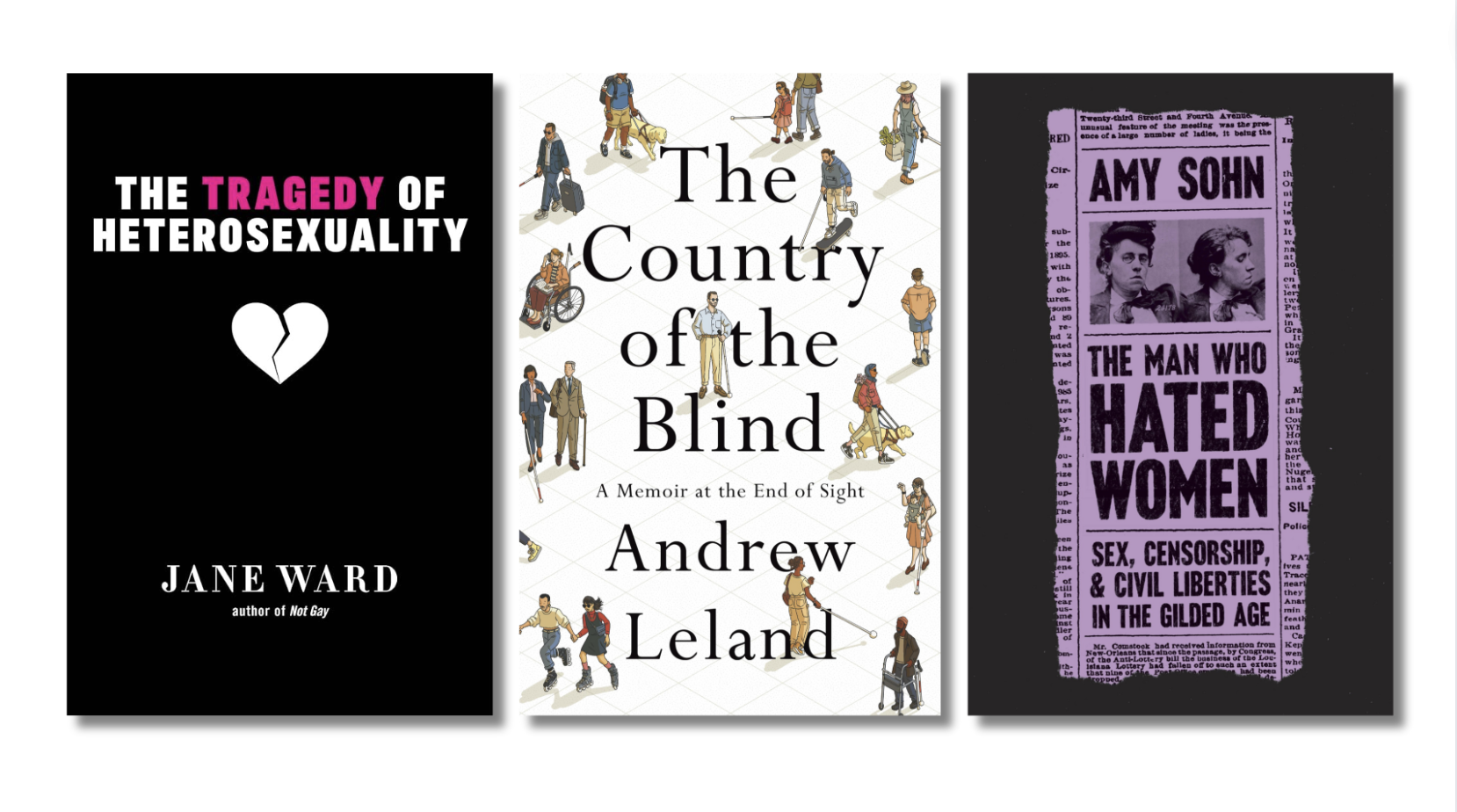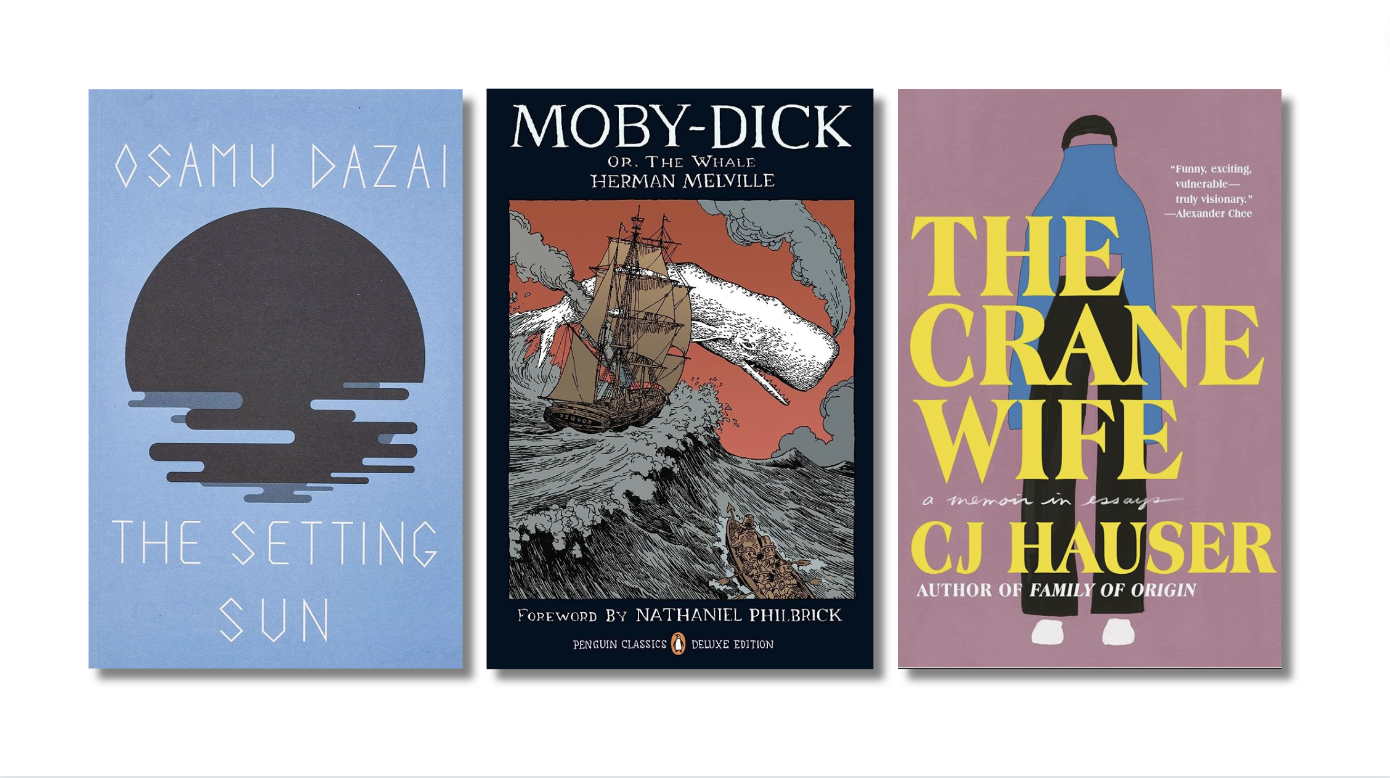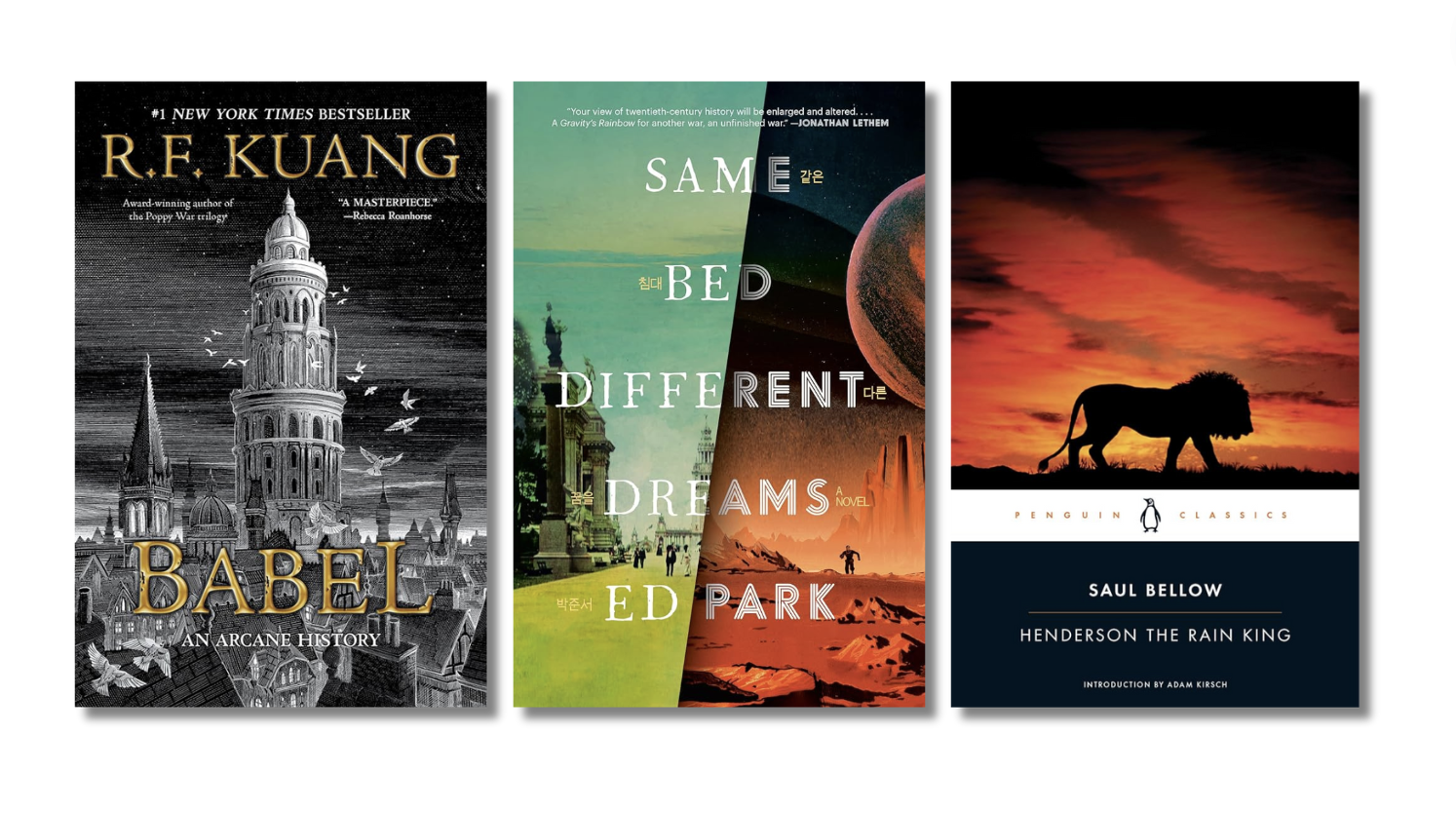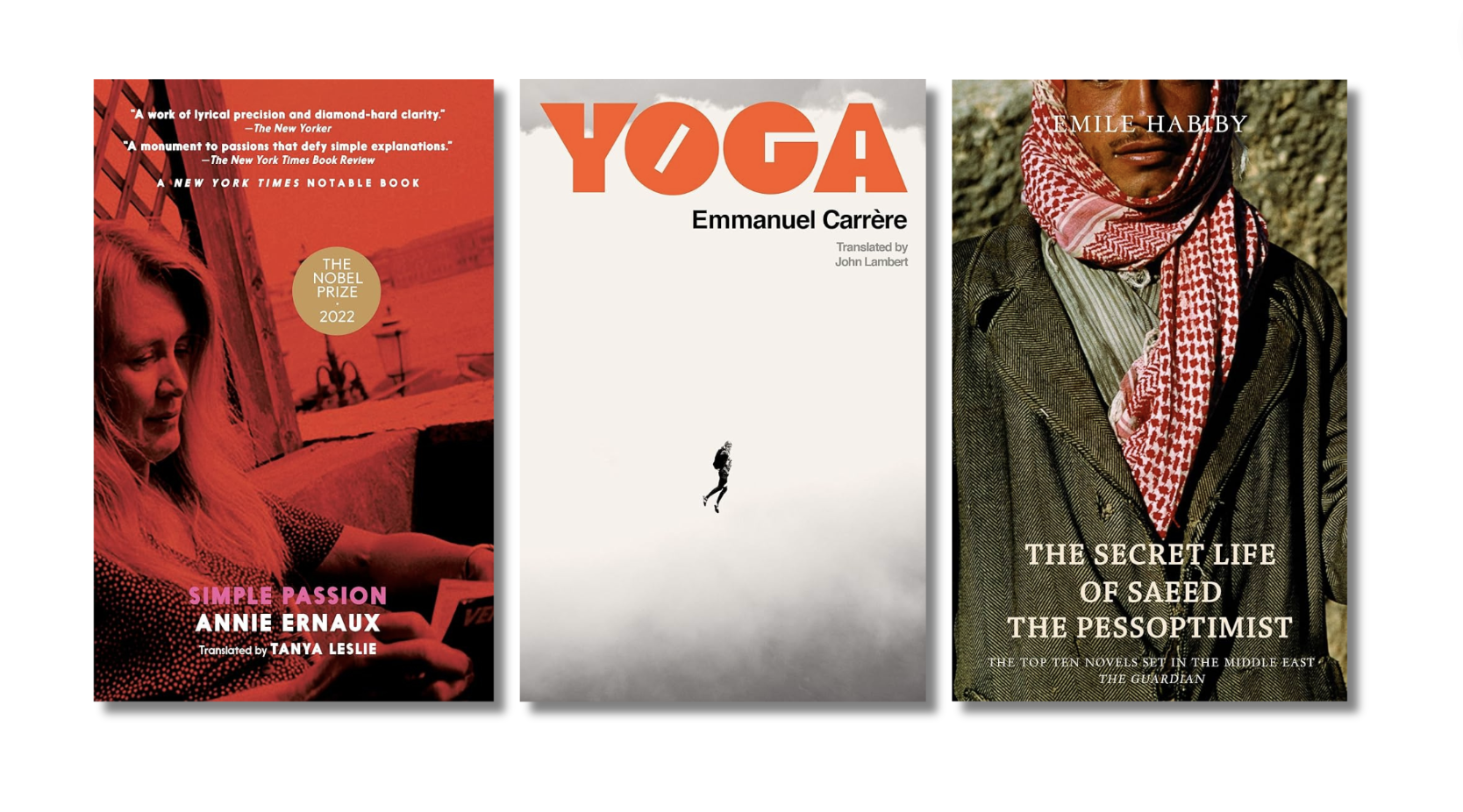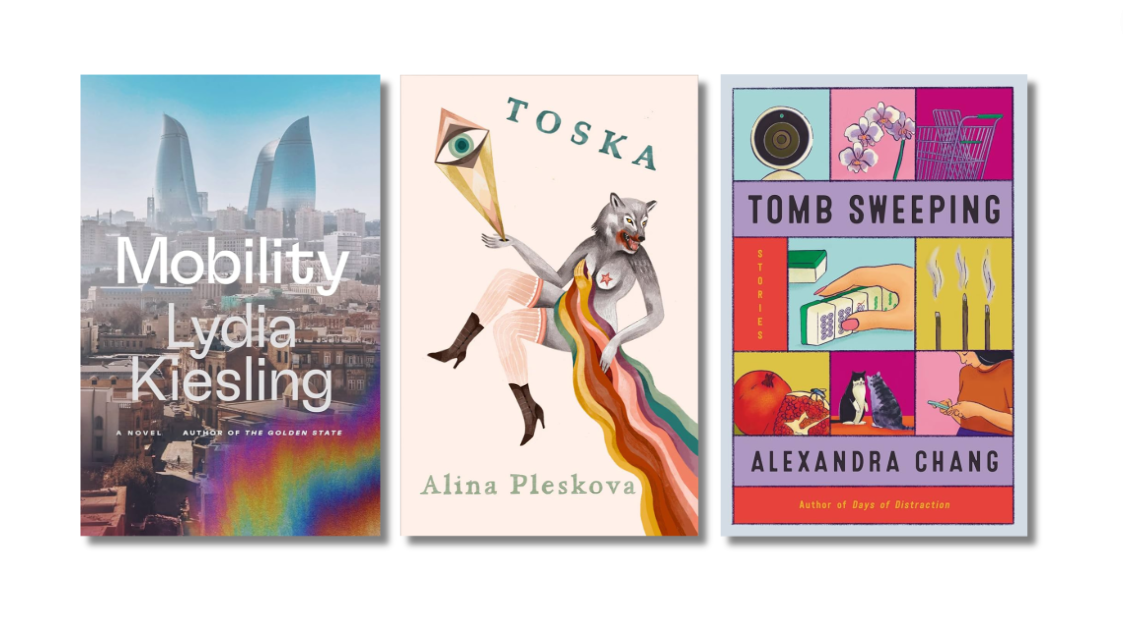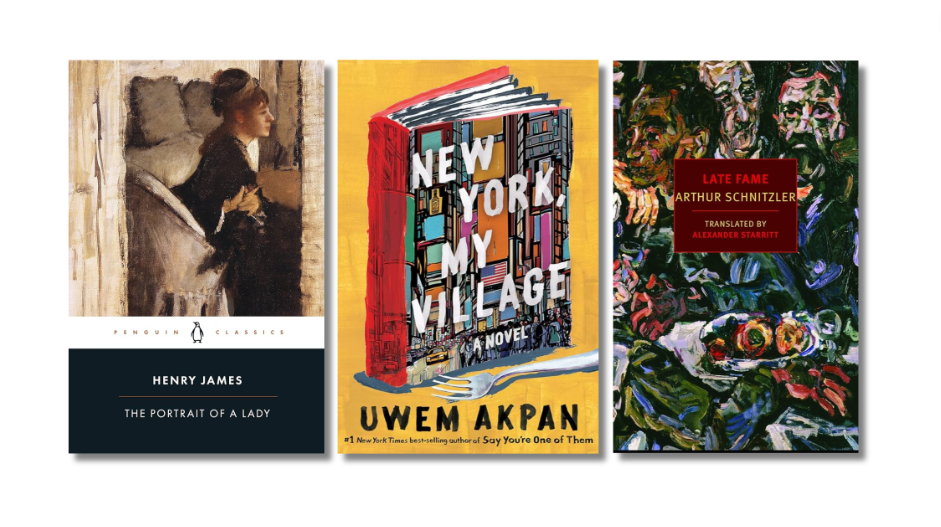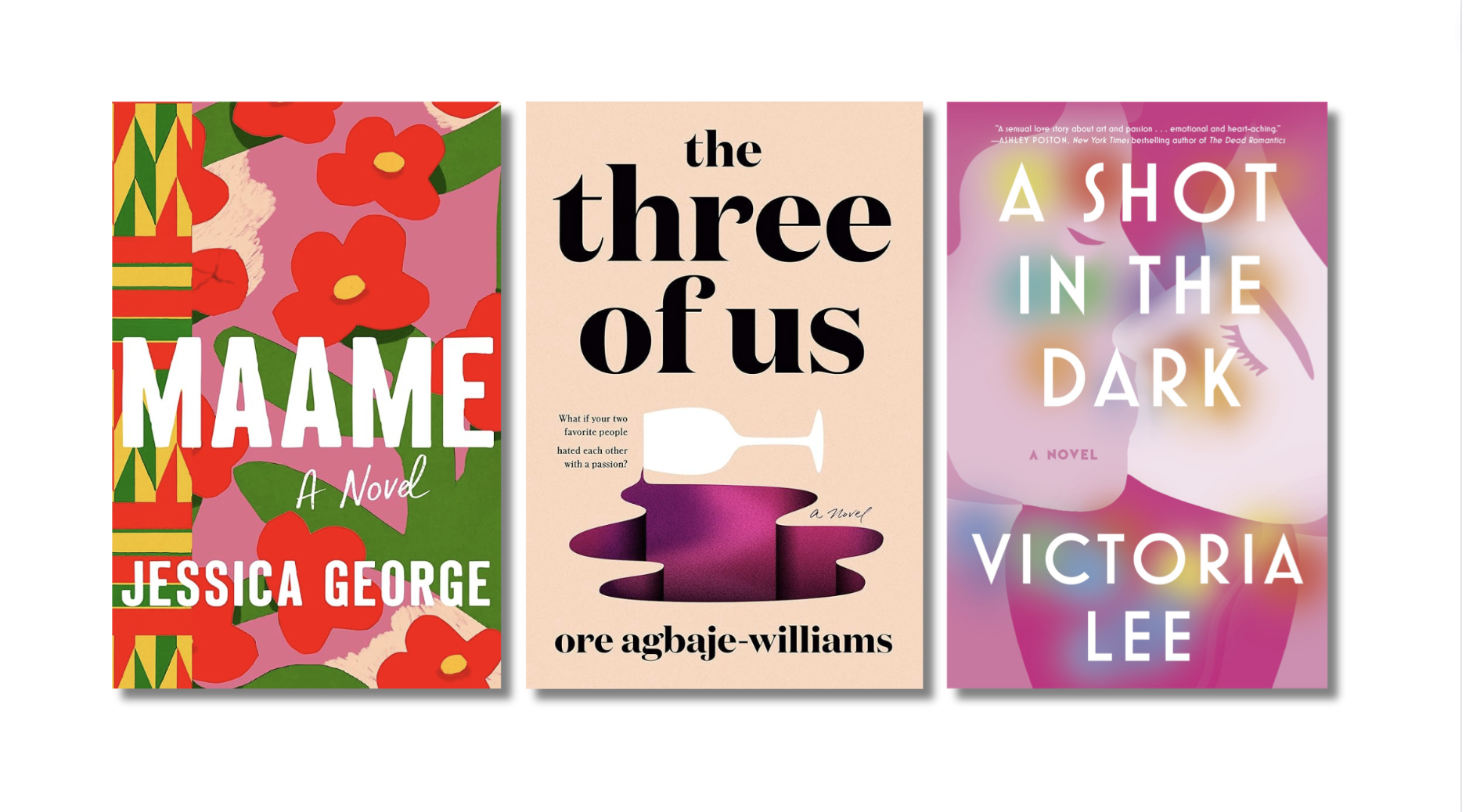These are tough times for fiction. According to a report released by the Association of American Publishers, between 2013 and 2017, sales of adult fiction fell by 16%, and according to BookScan, which tracks print book sales, no fiction title topped a million copies in print in either 2016 or 2017. In contrast, just six years ago, in 2012, E.L. James’ Fifty Shades trilogy sold 14 million copies in print, along with millions more e-books.
Earlier this year, in an interview for Poets & Writers Magazine, literary agent Lynn Nesbit, whose clients include Ann Beattie, Joan Didion, and Jeffrey Eugenides, told me she thinks the current political climate is partly to blame for sagging fiction sales. “Even commercial fiction isn’t selling well,” she said. “Everyone is consumed with reality, the news. Every day there’s some new breaking scandal. We’ve all become ambulance chasers.”
Nesbit is onto something, I think. For too many of us, the hours we used to spend at night reading are now consumed with deep dives into polling numbers or the latest twist in the Mueller investigation. But while the space Donald Trump is taking up in the collective American mind is surely a drag on fiction sales, our obsession with all things Trump is but one particulate in an ever-thickening haze of digital noise coming between ourselves and our thoughts. Novels are hard, Facebook posts are easy – and more and more we seem to be going with easy.
I’m no exception. If you take out the novels I get paid to review, I’m reading less fiction these days, and the novels I do read for pleasure tend to lean more heavily on plot-driven suspense than on literary quality. Still, every few months a great novel punches a hole in the digital fog. Lisa Halliday’s Asymmetry was one of these for me this year. With its heady mix of publishing industry gossip and writerly ambition, this enigmatic little novel worked like a 300-page internet-blocking app, locking me on my couch for three nights straight, absorbed only by the pleasures of words on paper.
The first half of Asymmetry traces a May-December affair between Alice, a twentysomething book editor, and Ezra Blazer, an aging literary lion plainly modeled on the late Philip Roth. That, as has been widely reported, Halliday herself had an affair with Roth while she was working for Roth’s literary agent Andrew Wylie, adds voyeuristic appeal, but what might have become tawdry and puerile is instead deeply affecting. This is the book Roth’s own creepily priapic late sex novels should have been.
Then, halfway through, Halliday abruptly abandons Alice and Ezra’s doomed affair for a wildly different tale of Amar Ala Jaafari, an Iraqi American economist enduring a Kafkaesque detention in border control at London’s Heathrow Airport. If the opening section of the novel goes down like spiked fruit punch on a summer’s day, this second section is more like a heavy dose of ketamine: deadening, surreal, and profoundly disturbing. I raced through the first part and battled my way through the second, but through it all, I never once felt the urge to check my Facebook feed.
Rachel Kushner’s The Mars Room had a similar effect on me, though Kushner’s women’s prison tale is ultimately a knottier, angrier read. I bought The Mars Room with Kushner’s second novel The Flamethrowers and read The Flamethrowers first. The Flamethrowers is a very good novel perhaps a little too in love with how good a novel it is, forever flaunting its central character’s preternatural cool and its deeply researched forays into the New York art world and radical Italian politics. The book seems to constantly demand of its readers that they tell it again how smart it is.
The Mars Room also features a fiercely cool female narrator in a fictive universe few readers will know first-hand – in this case, a bleak women’s prison in California’s Central Valley – but The Mars Room spends little time insisting on its own excellence. It is merely excellent. The plot, such as it is, turns on the longing of Kushner’s narrator, a 29-year-old exotic dancer serving two consecutive life sentences, to be reunited with her young son, but the novel’s emotional power lies in its ability to lock you up, whoever you are, with 3,000 poor, desperate women in a featureless wasteland where wine is made from ketchup and fruit juice, violence is everywhere, and the best anyone can do – indeed, all there is to do – is survive another day.
I wanted to click onto Facebook a thousand times, but, Reader, I did not.
More from A Year in Reading 2018
Don’t miss: A Year in Reading 2017, 2016, 2015, 2014, 2013, 2012, 2011, 2010, 2009, 2008, 2007, 2006, 2005




